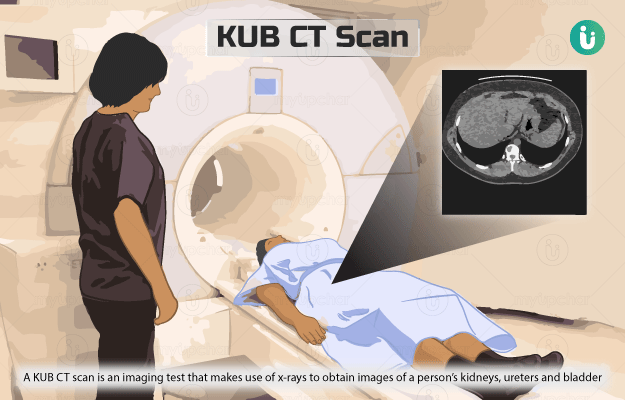What Is Ultrasound?
Ultrasound is a noninvasive imaging technique that makes use of high-frequency sound waves to capture images of organs and measure distances inside the body. The procedure can capture movements inside an organ, such as movements of foetus in mother’s womb and is used by physicians for an exact diagnosis and evaluation of health conditions.
Ultrasound uses a transducer that produces high-frequency sound waves, which reflect to produce an image of the organ or foetus on a computer screen. It can be viewed in real time or printed as a photograph.
Medical ultrasound can be used for diagnostic and therapeutic purposes:
- Diagnostic ultrasounds: Diagnostic ultrasounds are primarily used to diagnose or evaluate a condition and are divided into two types, anatomic and functional:
- Anatomic ultrasounds: These are used for imaging organs such as the uterus, abdominal organs, skin, blood vessels, different glands and breasts.
- Functional ultrasounds: These are used to visualise changes in the structure or function of an organ. E.g., Doppler and colour Doppler techniques are used to visualise blood flow in heart and to determine whether the plaque accumulated inside blood vessels is affecting blood flow to the brain.
- Therapeutic ultrasounds: This includes procedures which use ultrasound waves to heat, destroy or break up tissue. E.g., high-intensity focused ultrasound, a type of therapeutic ultrasound, is being tested for its use in breaking up clots in blood vessels, closing wounds, stopping bleeding and other purposes.














